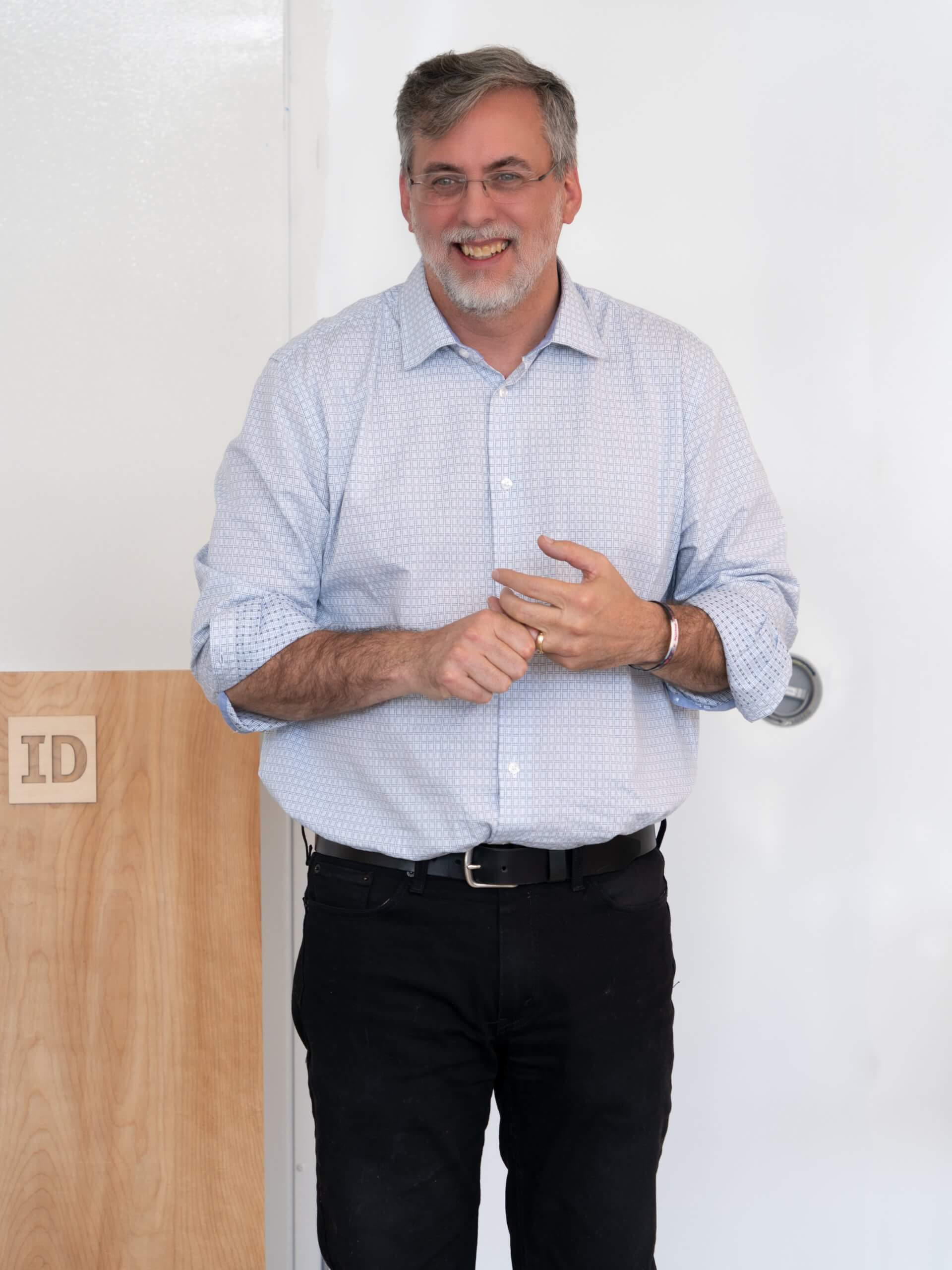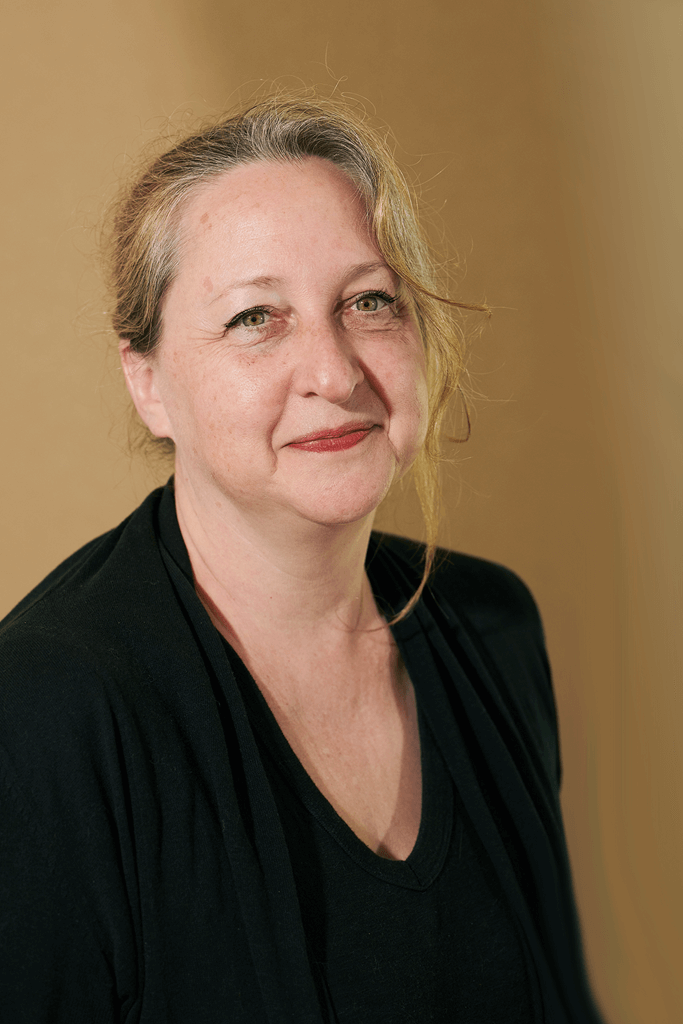Introducing the MS in Strategic Design Leadership
June 30, 2025

The Institute of Design (ID) introduces the Master of Science in Strategic Design Leadership (MS-SDL), an evolution of its pioneering Master of Design Methods degree. The 21-month part-time program trains working professionals to become the kind of leaders urgently needed today—leaders who use design to navigate the complex challenges their organizations face.
Why Strategic Design Leadership Now?
The name change better reflects how design professionals now lead strategic initiatives in organizations.
Originally launched in 2004 as the first executive-format design degree, the program recognized early that design could address complex business problems across industries. At a time when “design thinking” had yet to enter popular business vocabulary, ID recognized that design offered a powerful, human-centered approach to problem-solving that could be taught as a rigorous method and applied across sectors and roles.
The program’s evolution reflects ID’s broader mission since its founding by László Moholy-Nagy in 1937 as the New Bauhaus. The curriculum formalizes decades of design research and pedagogy developed at ID by figures like Jay Doblin, who introduced design planning in the 1960s, and Patrick Whitney, who championed human-centered design throughout the 1980s and 1990s.
What Is Strategic Design Leadership?
Strategic design leadership combines human-centered design methods with business strategy and systems thinking. Unlike traditional MBA programs, the MS-SDL teaches professionals how to use design inquiry, behavioral science, and innovation strategy to solve complex organizational challenges. Students learn to identify opportunities through design-oriented perspectives and develop skills to increase design and innovation capacity within their organizations.



Program Details for Working Professionals
Format: Part-time, remote learning with in-person immersions
Duration: 21 months
Faculty Ratio: 1:8 faculty-to-student ratio
Cohort Profile: Average 10 years professional experience
Student Experience: A deeply collaborative environment where theory meets practice.
Global Reach: Students from 32+ countries
The curriculum focuses on three core areas:
- Design-Led Insights: Using design methods to understand complex problems
- Strategic Innovation Methods: Developing and implementing innovation strategies
- Leadership and Activation: Building organizational capacity for design-driven change




Immersive Learning
Students are invited to three-day in-person immersions every semester to connect with practitioners from around the globe on a range of persistent challenges. These experiences offer site visits to leading design studios and businesses, expert speakers, and hands-on collaboration. Immersions have addressed AI and other emerging tech, climate solutions, and civic design.
Career Paths
Hundreds of program alumni hold leadership positions at major organizations, including Samsung Electronics, Ford Motor Company, IKEA Global, and Mars.
Alumni have launched sustainable technology companies, reimagined patient care systems, and created equitable public services. The global alumni network provides ongoing professional connections and cross-sector collaboration opportunities.
Why Strategic Design Leaders Are Needed Now
Organizations face increasingly complex challenges from rapid technological advancement to shifts in the nature of work itself and a bevy of other interconnected global issues. Traditional management education doesn’t provide the training needed to address these challenges. Strategic design leadership offers a human-centered approach to navigating ambiguity and driving meaningful change.
The MS-SDL name change signals not a reinvention but a reaffirmation of the program’s distinct identity in shaping strategic leadership through design. As organizations continue to grapple with rapid technological advancement and interconnected challenges, the need for leaders who can harness design’s power to navigate ambiguity and drive change has never been greater. The program continues to answer that need, developing the strategic leaders who will transform how we approach tomorrow’s most pressing issues.



